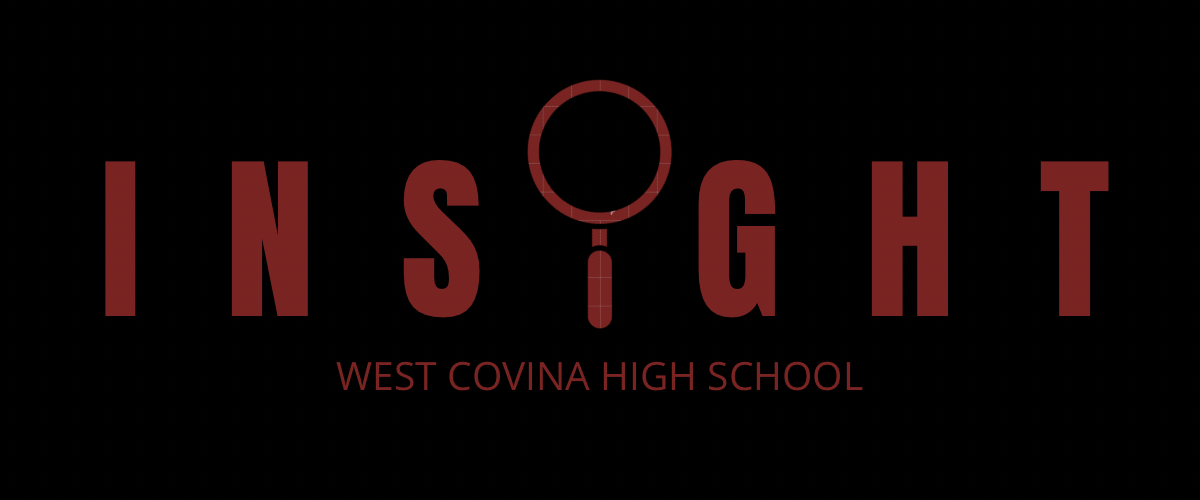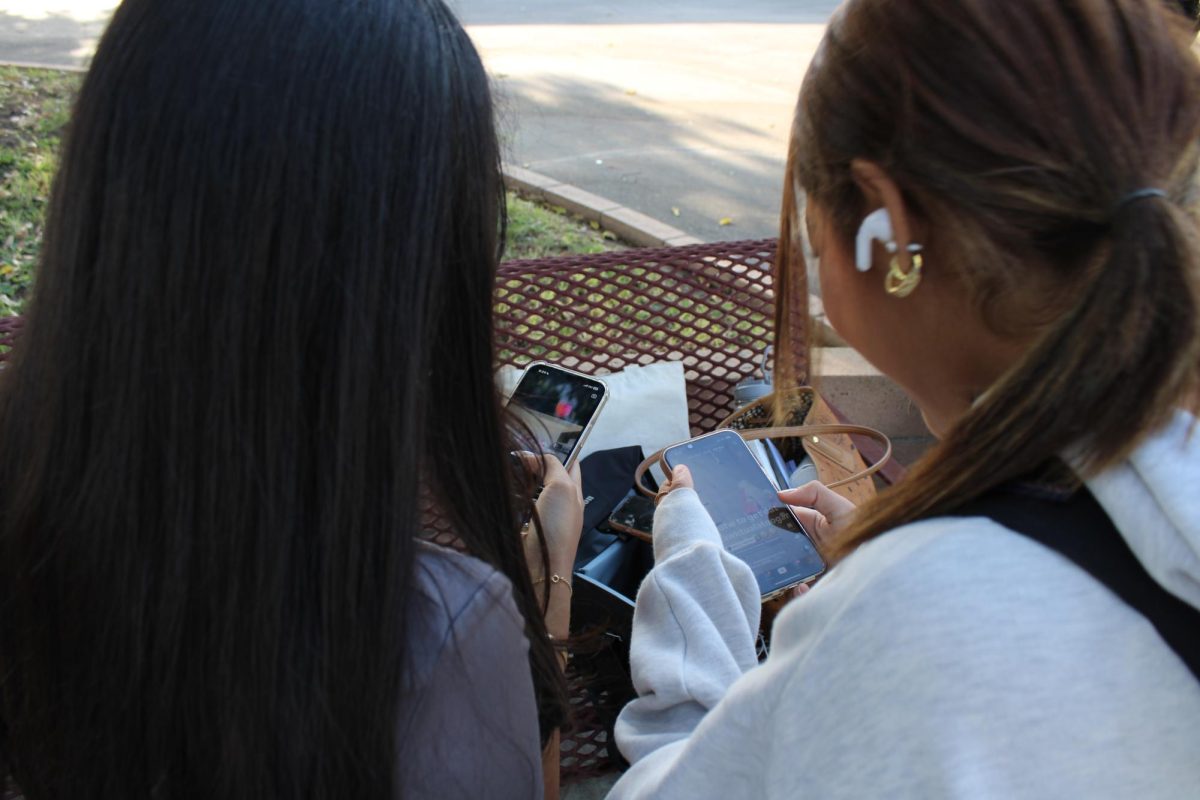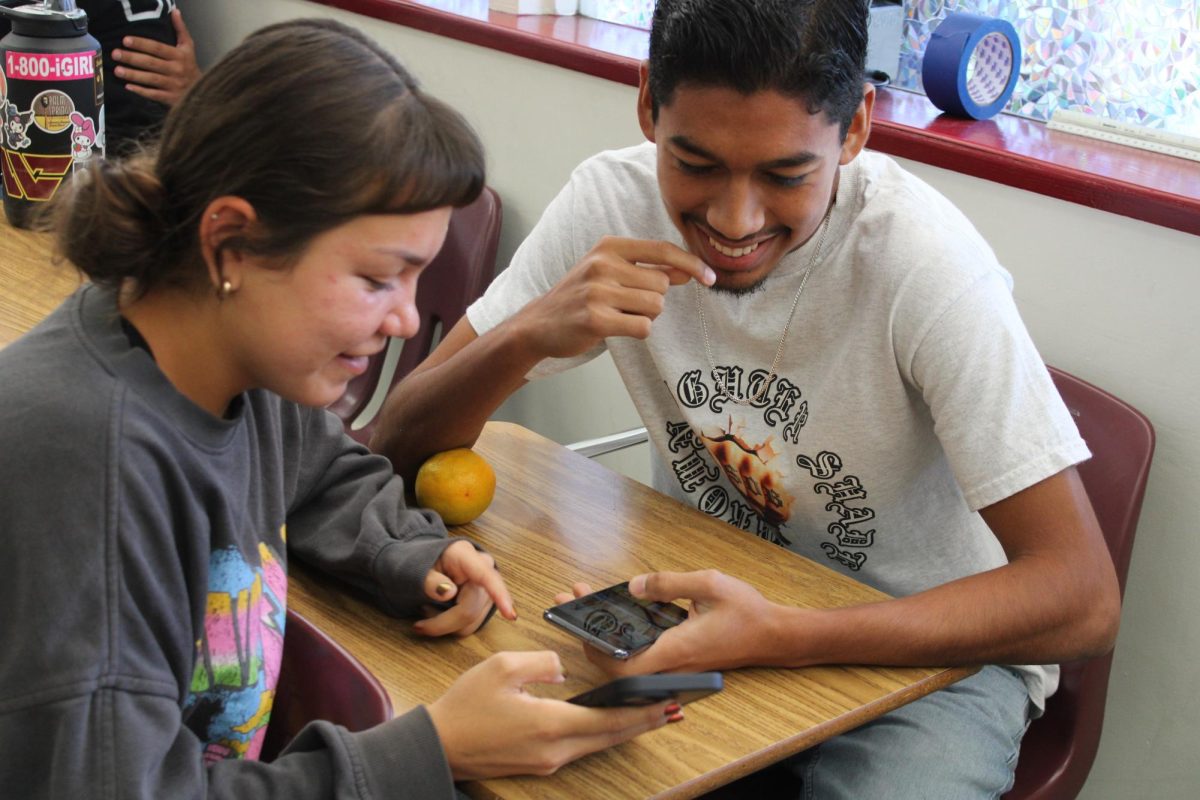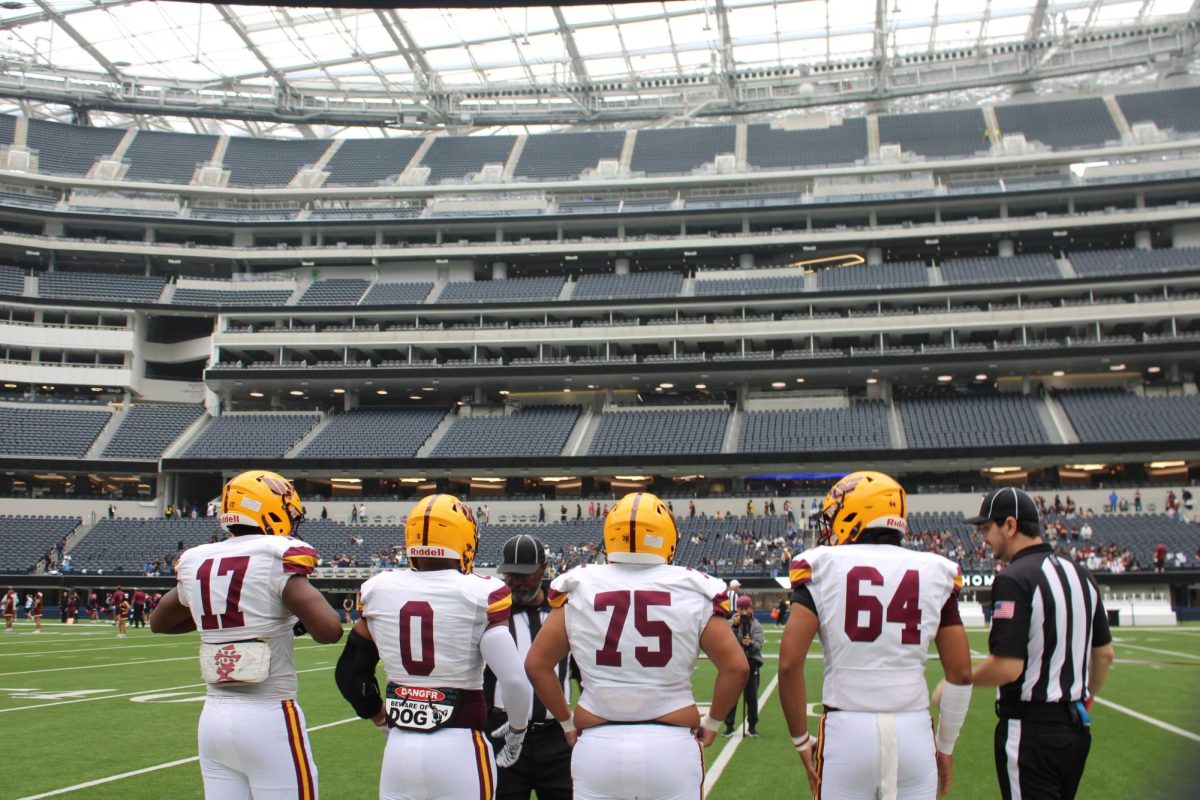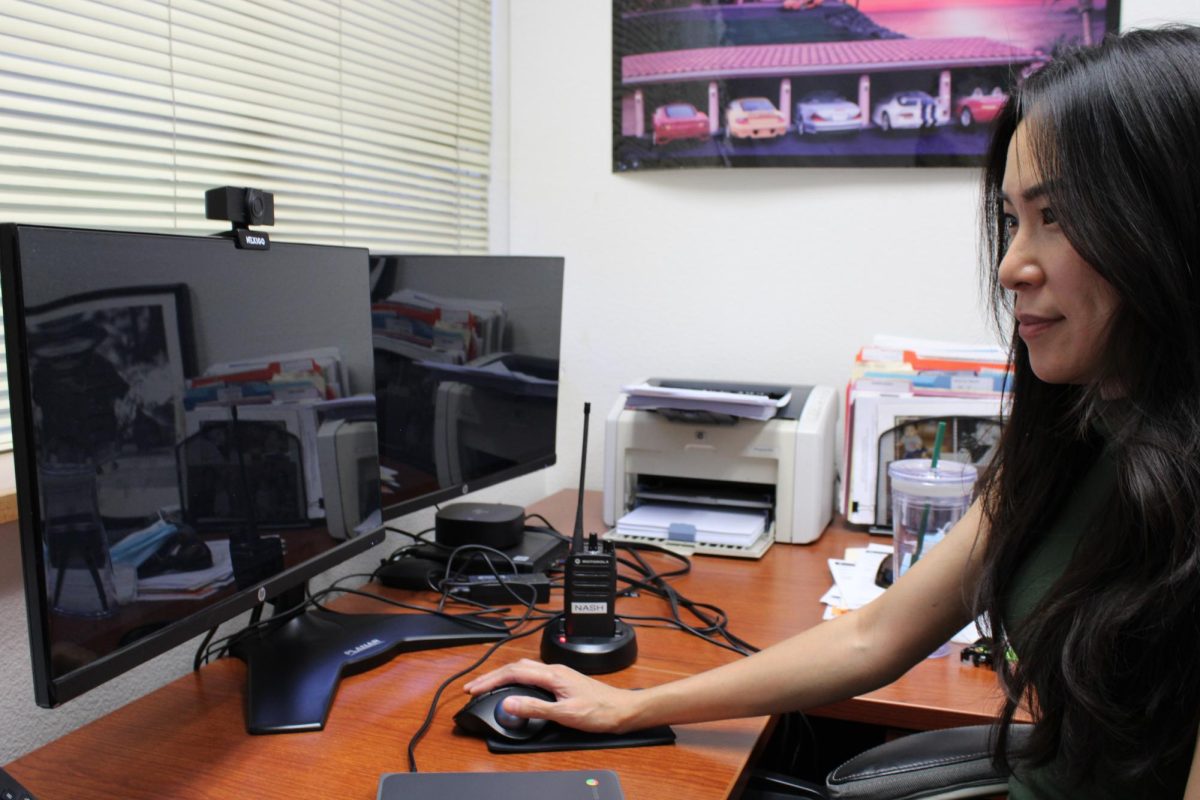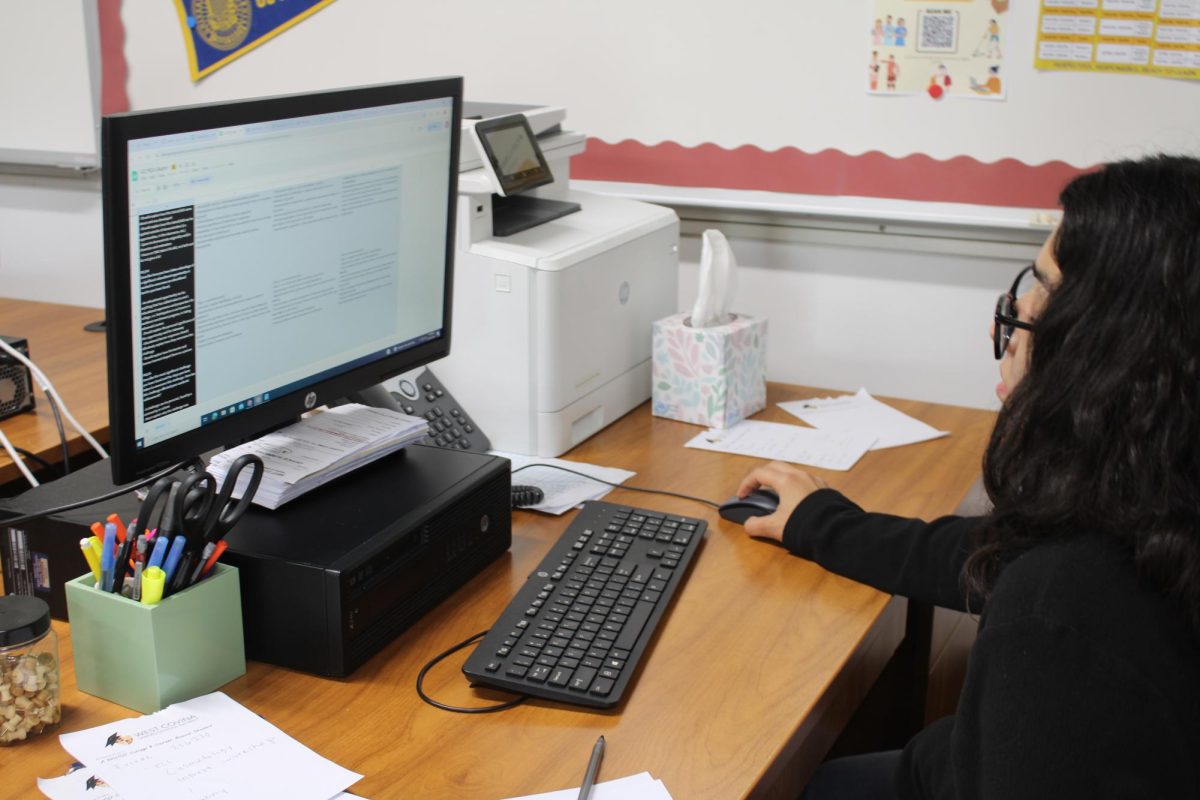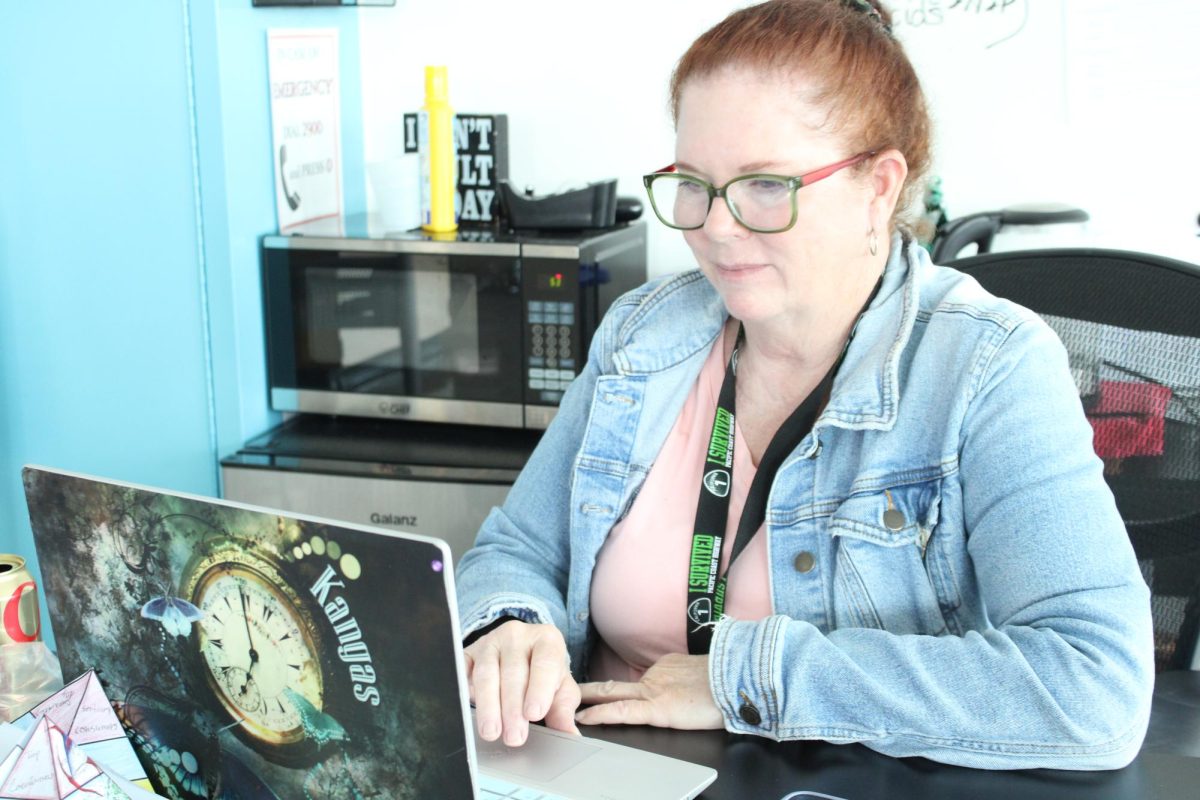Concern regarding teenage use of technology is not one that’s specific to campus but exists globally. A study entitled “Tech’s Impact on Teens: A Parents Digital Age Guide” published by Unis Hanoi, an online platform working to create a learning environment and spread inspiration explained how British students are also coping with the effects of frequent cell phone use. Seeing as social media is one of the leading reasons why teenagers spend an excessive amount of time on their phones, the addictive nature of social media has been shown to have major effects on youth and society.
Teachers across campus have been supplied with various containers, known to students as “phone jails,” which hold students’ cell phones throughout the day. Implemented last school year, phone jails were supplied by administration to counterstrike the excessive use of cell phones on campus.
To see how technology directly affects students on campus, Insight conducted a survey with over 300 participants regarding their use of social media and the most popular among the student body. The survey found the following:
- 98% of students said they owned a cell phone
- 95.8% of students said they have access or own a social media account.
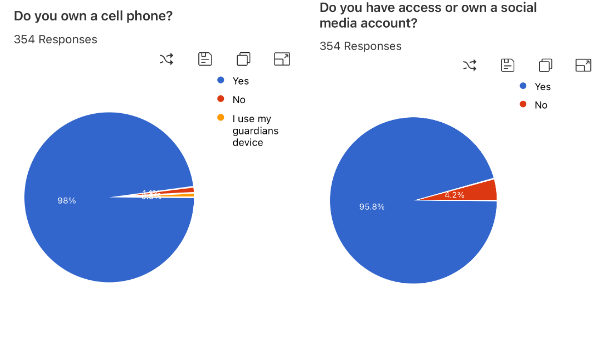
When asked what their average daily screen time was respondents answered:
- 27.3% said one to three hours daily
- 50.5% said four to six hours daily
- 22.5% said seven hours or more daily
When asked what social media platform they used the most, 97.6% of respondents said their most used social media platforms are either TikTok and Instagram; both platforms being known for creating, sharing, and the consumption of short-filmed videos or photo-based media.
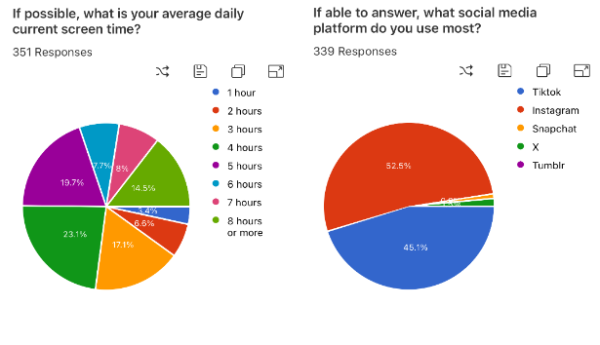
Many students believe that social media brings both advantages and disadvantages into their lives. When it comes to communication and building relationships, some students agree that social media has helped them find new ways to create stronger bonds with others.
Junior Karma Castaneda conveyed how social media enriched her connection with her boyfriend junior Mateo Martinez.
“We’re on Instagram reels… it’s funny, it’s like it’s comedy, and it’s shared interest with humor, and I feel like that can create inside jokes for the future,” said Castaneda.
However, some students disagree with this sentiment and believe social media has hindered them socially. Not only in their friendships but their familial relationships.
“I feel like at home, I don’t talk to people as much because I’m always on my phone… it also interferes with my social life, even though I’m still on the phone with my friends,” said sophomore Aaliyah Crosby.
Some students also find it difficult to limit their cell phone use, causing a distraction when working on assignments in and out of the classroom. Their overall ability to comprehend material throughout the day is affected and subsequently their grades.
“I feel like I can’t focus. I had to literally put my phone in the other room just so I could do my homework,” said Crosby.
Struggling to limit cell phone use can lead to larger problems. With the outburst of social media has come a decrease in mental well-being, specifically among teenagers.
A statement released in (year) by the U.S. Department of Health and Human Services, an executive branch department that provides U.S citizens with essential services regarding the enhancement of health and wellbeing for all Americans, reported that children and adolescents who spent three hours a day or more on social media were more susceptible to mental illness such as depression and anxiety.
To resolve this, on the 23rd, California Governor Gavin Newsom signed a bill entitled the “Phone-Free School Act” in response to the excessive use of cell phones. Newsom’s new law requires every school district, charter school, and county office of education to create a policy against the overuse of phones in California schools.
“We know that excessive smartphone use increases anxiety, depression, and other mental health issues – but we have the power to intervene. This new law will help students focus on academics, social development, and the world in front of them, not their screens, when they’re in school,” said Newsom
With the implementation of Newsom’s new law, schools will have the authority to regulate the use of phones during school hours. Educators are expected to enforce the bill unless they explicitly allow the students to access their cell phones or in the case of an emergency.
Ultimately, social media use is a personal choice, and the way one is influenced is a reflection of individual decisions and actions. Social media can either be a tool to improve lives or a prohibitor to it.

